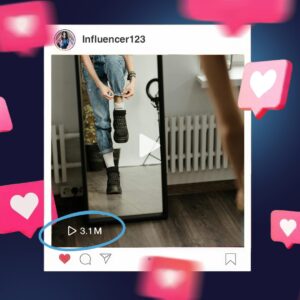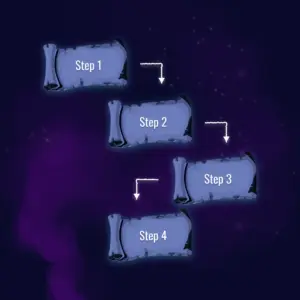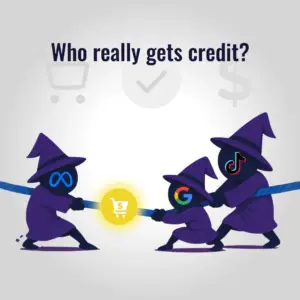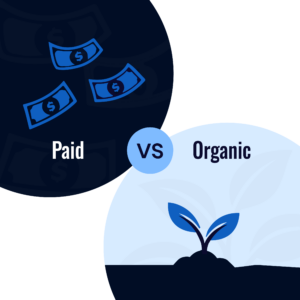“We’re already #1 for our brand. Why pay for clicks we’d get anyway?”
Because your competitors are circling like sharks, waiting for you to get cheap.
1. The Reality on Your Results Page
Your beautiful #1 organic ranking? It’s about to get shoved down by:
- Competitor conquest ads bidding on your name (yes, it’s legal)
- Reseller ads hijacking your customers at the finish line
- Google’s expanding ad formats eating more screen real estate every quarter
On mobile, your “top spot” might be halfway down the screen. Still feeling confident about that organic ranking?
2. The Cannibalization Myth
“But branded ads just steal from our SEO traffic!”
Reality check: Turn off your brand campaigns and watch what happens. You often don’t get a clean handoff to organic—you get a noticeable drop in total clicks and conversions.
Exception: If you’re Coca-Cola or Nike, maybe you’ll see more cannibalization. For everyone else? Brand campaigns add clicks, not steal them.
3. Why Brand Campaigns Print Money
- Dirt cheap CPCs: We’re talking significantly less than non-brand keywords
- Sky-high conversion rates: These people typed YOUR name. They’re not comparison shopping
- Total message control: Push promos, highlight new features, own the narrative
- Competitor cockblock: Every dollar you spend keeps them from owning your name
4. The Reseller Headache
Here’s where it gets messy. Resellers can legally use your brand in their ads if they’re selling your stuff. That means:
- Your margin gets eaten by middlemen
- You lose the direct customer relationship
- Attribution becomes a nightmare
The fix: Set clear rules upfront. Who can bid, what they can say, and how they tag their traffic. No rules = chaos.
5. When to Scale Back (Without Going Dark)
Never fully turn off brand, but you can optimize:
Low competition scenarios:
- Auction Insights shows minimal competitor activity
- Your organic result already owns the page
- No aggressive resellers or affiliates
Budget constraints:
- Set a reasonable cap so brand doesn’t eat your entire budget
- Consider impression share bidding for consistent coverage
- Test dayparting if your customers have predictable search patterns
Useless queries:
- Exclude “login,” “support,” “careers”
- Route customer service searches elsewhere
- Don’t pay for traffic that won’t convert
6. The Smart Brand Playbook
Structure that works:
- Pure brand terms: Exact match only, highest priority
- Brand + commercial intent: “pricing,” “demo,” “buy”
- Brand + informational: “reviews,” “vs competitor”
- Brand + support: Exclude or route to help pages
Assets that matter:
- Headlines screaming “Official Site”
- Sitelinks to high-converting pages
- Callouts for current promos
- Phone numbers for high-touch sales
Bidding strategy:
- tROAS or tCPA once you have data
- Target Impression Share for pure defense
- Dayparting if B2B with clear business hours
7. Proving It Works (Or Doesn’t)
Stop guessing. Run a geo-split test:
- Turn off brand in a small percentage of markets
- Compare total conversions (not just paid)
- Document the incrementality
- Adjust spend based on actual data
- Use a lift tool like haus
Most brands see meaningful incremental lift. If you don’t, congrats, you’re the exception.
The Quick-Reference Answers
Q: Can competitors really bid on our name? A: Yes for keywords. Usually no for ad copy (trademark rules apply).
Q: Do brand campaigns always pay off? A: For 90% of brands, yes. Mega-brands should test.
Q: What about affiliates using our name? A: Set rules or watch them eat your lunch.
TL;DR
Running branded campaigns when you’re #1 organically isn’t paranoid—it’s smart defense. You’ll pay pennies to protect dollars, control your message, and keep competitors from hijacking your hard-earned brand equity.
The only thing dumber than overspending on brand is spending nothing at all.










